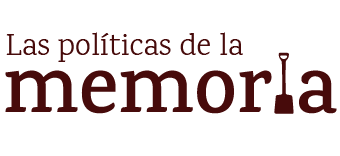European Journal of Cultural Studies, November 2001; vol. 4, 4: pp. 491-501.
SAGE Publications
The representation of the past through products of the culture industry bears the history of a long debate between detractors and optimists. This controversy becomes especially significant in a time where commercial audiovisual media affect in unprecedented ways the content and the form in which massive audiences relate to the events of the past. Even more so in a so-called postmodern moment in which public confidence in the real is overall in decline. In this context, the debate on the representation of the history and memory of the Holocaust the paradigmatic example of limitations and imperatives to representational practice has become a contemporary battlefield regarding the legitimacy and propriety of mass media products. By examining contemporary Holocaust representations that are at the intersection between the world of commercial mass media and the conventional nonfiction culture and documentary tradition (such as high-tech museums and Steven Spielbergs Survivors of the Shoah Visual History Foundation), this article will reflect upon the diverse implications of the mass mediahistory relation.
